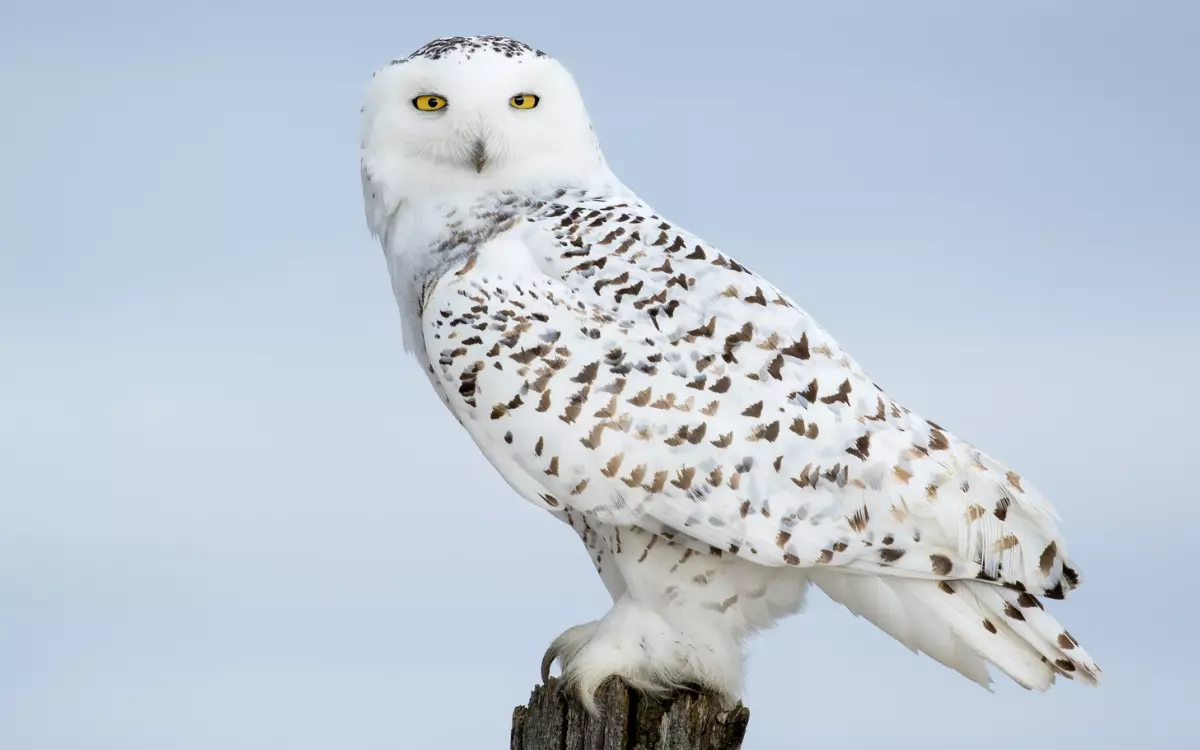11 Herons in Arkansas: Identification, Species Guide & Birding Tips
Arkansas is a paradise for birdwatchers, especially those who love herons. With its rivers, lakes, rice fields, and wetlands, the state provides year-round habitat and seasonal stopovers for a remarkable variety of wading birds. From the tall and unmistakable Great Blue Heron to the secretive American Bittern, eleven species of herons, egrets, and bitterns can be found here.
This guide introduces each species, explains where you can find them, and highlights their behavior and seasonal presence. Whether you’re exploring the Mississippi River flyway or just keeping an eye on your neighborhood pond, knowing what to look for will make your birding experience even richer.
Herons, Egrets, and Bitterns: What’s the Difference?
Although we use different names, herons, egrets, and bitterns all belong to the same family Ardeidae. Generally, “egrets” are the white-plumaged members of this family, while “herons” include species with a variety of colors. Bitterns are shorter-necked, secretive marsh dwellers that often rely on camouflage rather than size and visibility.
In Arkansas, you can encounter all three groups, making it an ideal state to study this fascinating bird family.
Species of Herons in Arkansas
1.American Bittern

The American Bittern is one of the most elusive birds in Arkansas. With its streaked brown plumage, it blends perfectly into cattails and marsh reeds. If disturbed, it freezes with its bill pointed skyward, making it nearly invisible. Birders often hear its deep, booming call—sometimes described as a water pump—long before catching a glimpse.
These birds breed in wetlands across the state but are far easier to hear than to see.
2.Least Bittern
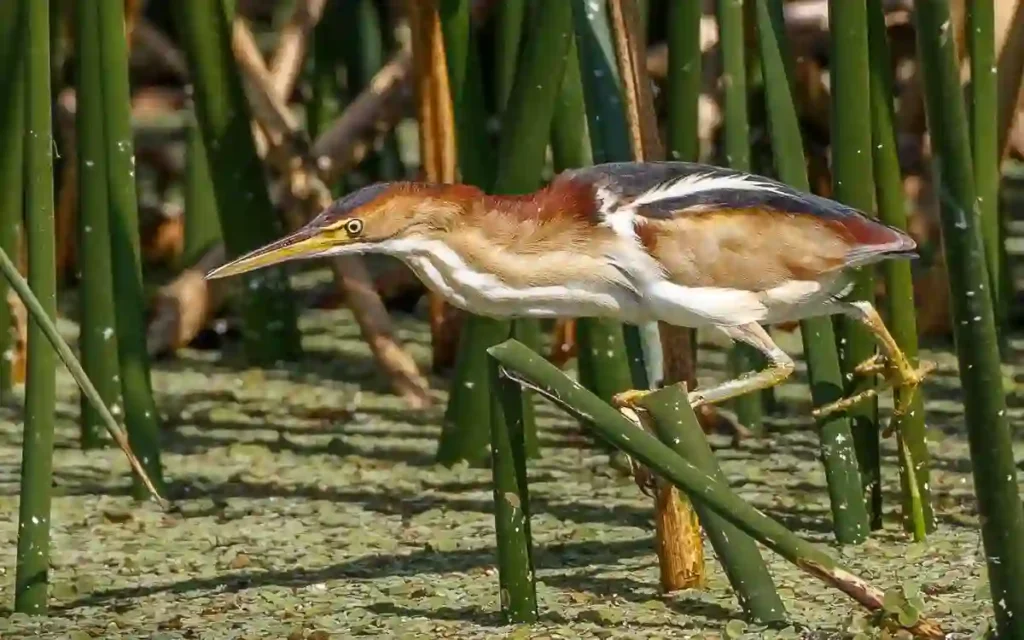
At less than a foot long, the Least Bittern is the smallest heron in North America. Despite its size, it is equally skilled at disappearing into thick reeds. When threatened, it clings to stalks and stretches its neck upward, resembling the surrounding vegetation.
In Arkansas, they arrive in late spring and can be found in quiet marshes, especially in the Delta region. Patient observers might spot them during dawn or dusk when they move out to feed.
3.Great Blue Heron
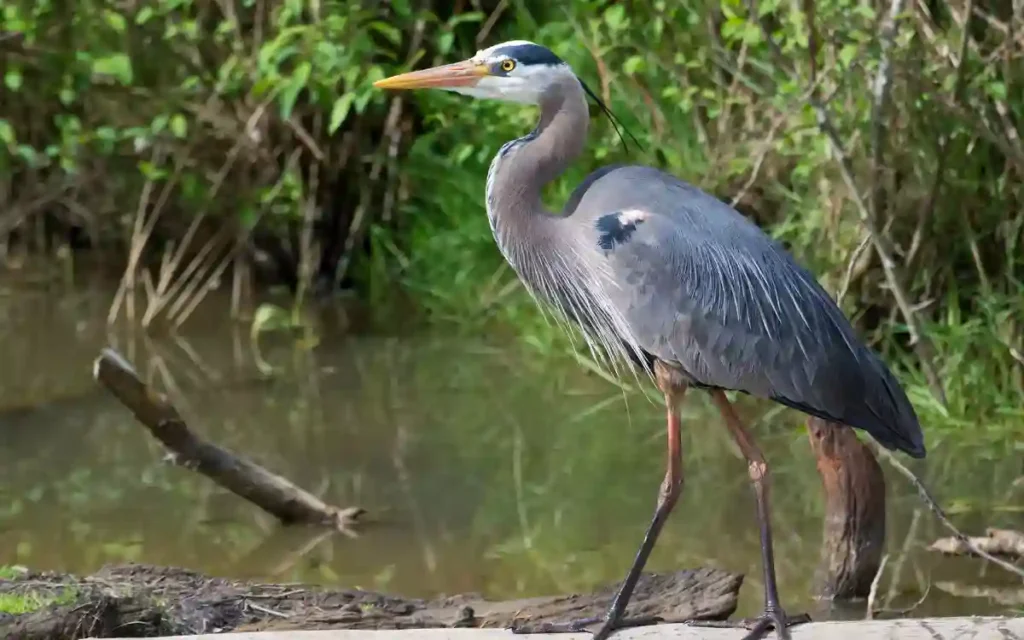
The Great Blue Heron is Arkansas’s largest heron, standing close to four feet tall. With its long legs, dagger-like bill, and slow wingbeats, it is a familiar sight along lakes, rivers, and ponds. Unlike the secretive bitterns, Great Blues are bold hunters, often seen stalking fish in shallow waters.
They are year-round residents across the state, nesting in tall trees near water. Colonies, called heronries, can number dozens of pairs, filling the air with croaks and wingbeats during the breeding season.
4.Great Egret

Elegant and striking, the Great Egret is instantly recognizable by its pure white feathers and long, graceful neck. These birds were once nearly wiped out during the plume trade of the 19th century, when their breeding feathers were in high demand for fashion. Thankfully, they have rebounded and are now widespread in Arkansas wetlands.
Great Egrets are often seen in shallow water, patiently waiting before striking at fish, frogs, or insects. They can be found statewide during the warmer months, with some lingering year-round in southern Arkansas.
5.Snowy Egret
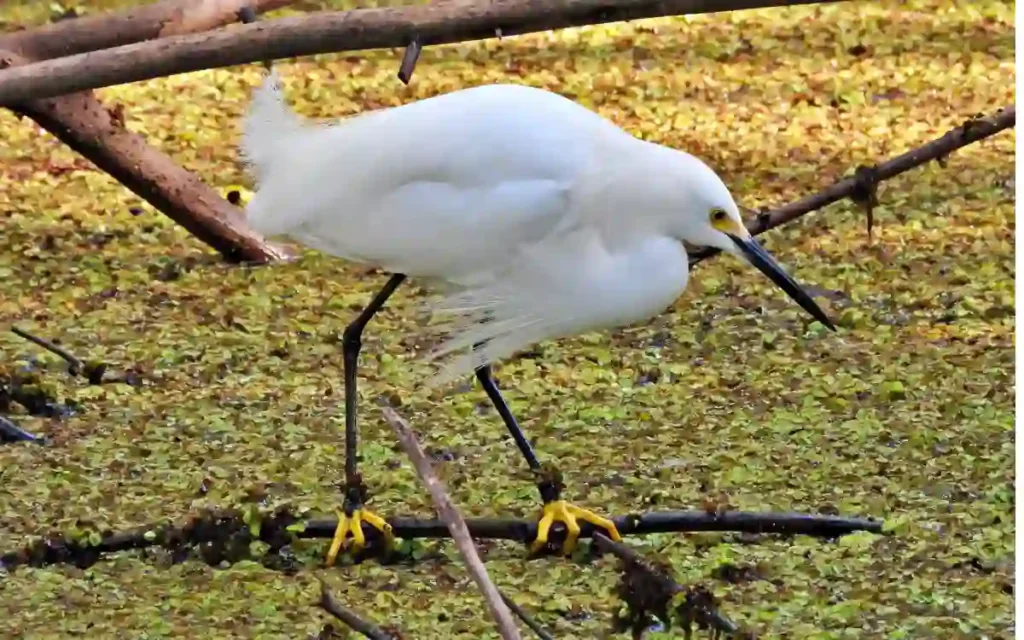
Slightly smaller than the Great Egret, the Snowy Egret stands out with its yellow feet—often referred to as “golden slippers.” They use these feet to stir up the water and flush out prey, a foraging method that makes them fun to watch.
Snowy Egrets are summer visitors in Arkansas, nesting in colonies alongside other wading birds. Their active feeding style makes them easy to distinguish once you know what to look for.
6.Little Blue Heron
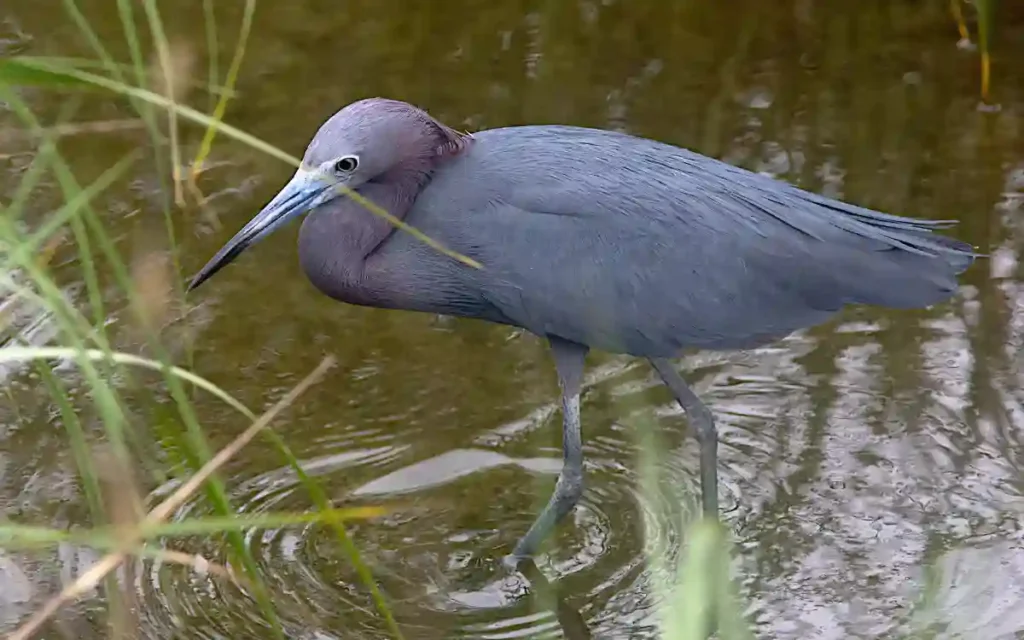
The Little Blue Heron has a unique story when it comes to plumage. Adults are slate-blue, but juveniles are completely white, which can cause confusion with young egrets. Birdwatchers in Arkansas often encounter mixed flocks, where both color phases can be seen together.
These herons are more common in the warmer months, especially in eastern Arkansas wetlands and along slow-moving rivers.
7.Tricolored Heron
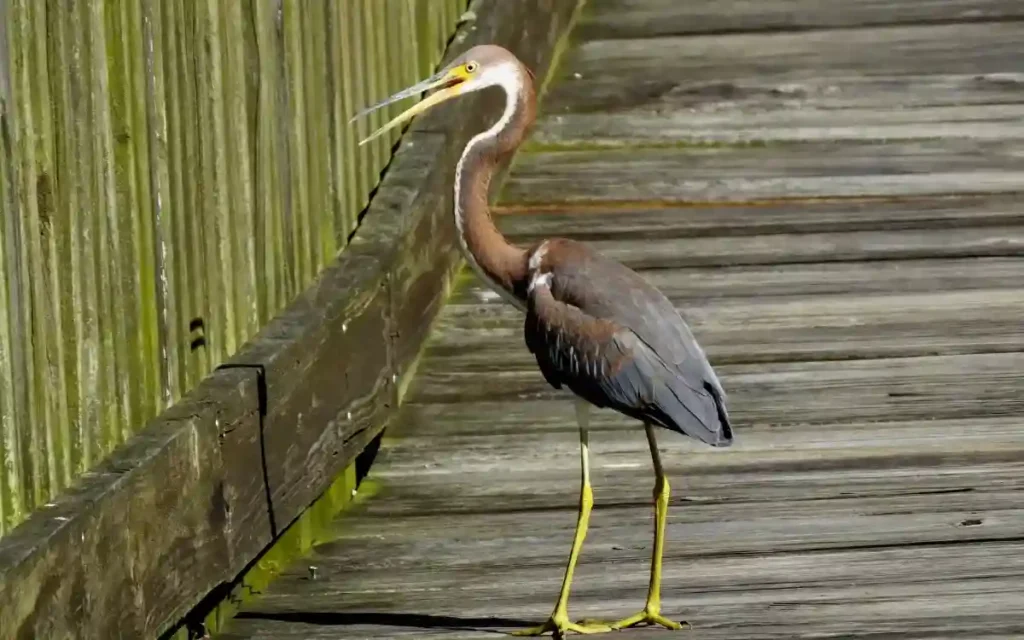
Slim and elegant, the Tricolored Heron lives up to its name with a mix of blue-gray, white, and reddish plumage. Although more common along the Gulf Coast, they also appear in Arkansas, particularly in the southeastern wetlands during migration and breeding season.
Tricolored Herons are fast feeders, darting through shallow water rather than patiently waiting like Great Blues. Their active hunting style sets them apart.
8.Cattle Egret

Unlike most herons, the Cattle Egret is often found far from water. These birds follow livestock across open fields, feeding on insects stirred up by cattle hooves. In breeding season, their white feathers take on orange tints around the head and chest.
Cattle Egrets are widespread in Arkansas, especially in agricultural areas. They are adaptable and can be seen in large flocks, both in pastures and wetlands.
9.Green Heron
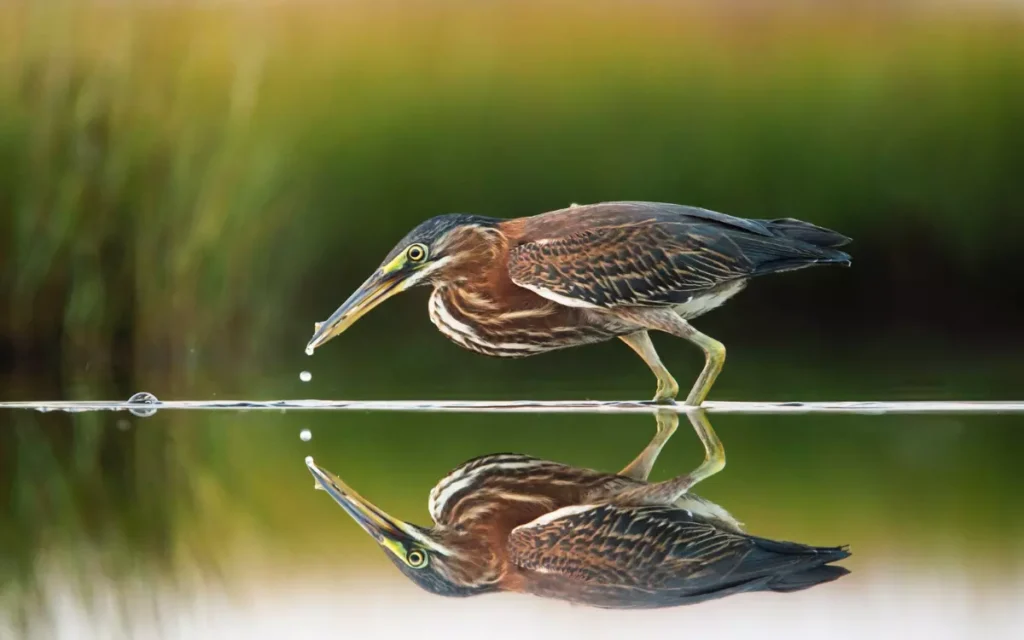
The Green Heron may be small, but it is one of the most fascinating herons to observe. Dark, compact, and often hidden along pond edges, this species is famous for its intelligence. It has been documented using bait—such as insects or twigs—to lure fish within striking distance, one of the few examples of tool use in birds.
In Arkansas, Green Herons are common summer residents, nesting in shrubs and low trees near water. Their loud “kek” call often gives away their presence.
10.Black-crowned Night-Heron
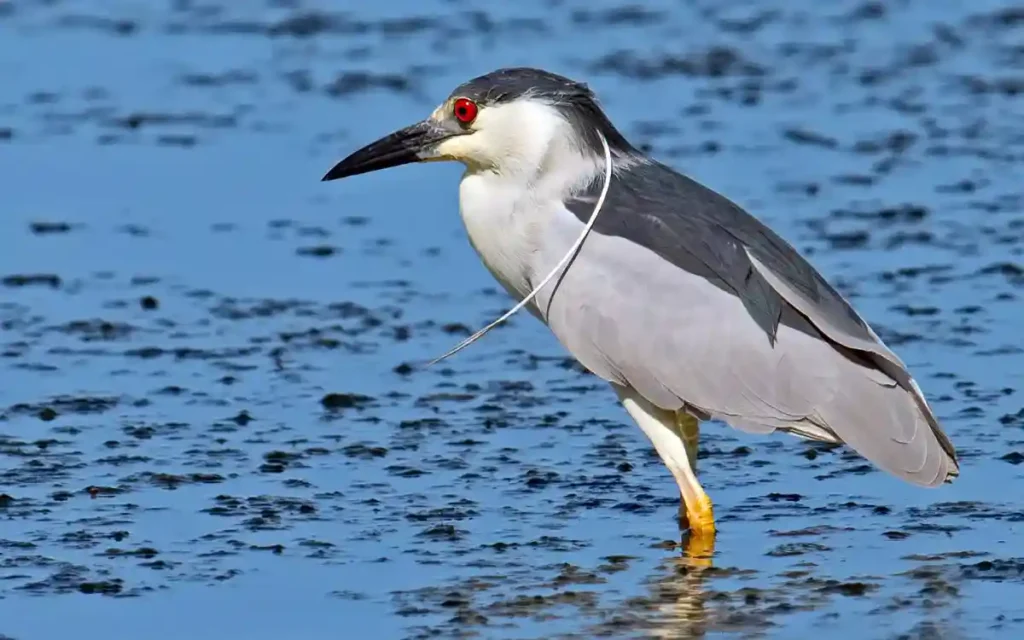
Stocky and red-eyed, the Black-crowned Night-Heron is most active at dusk and dawn. During the day, it often rests in groups within trees near water, sometimes with younger birds that look entirely different—streaked brown instead of smooth gray and black.
They can be found year-round in Arkansas, particularly around larger lakes and rivers. Their nocturnal habits make them harder to spot than daytime herons, but evening birders have good chances of seeing them fishing.
11.Yellow-crowned Night-Heron

Closely related to the Black-crowned, this species has a slimmer build and a bold yellow-white crown stripe. It specializes in eating crustaceans, particularly crayfish, which are abundant in Arkansas wetlands.
They are seasonal breeders in the state, nesting in colonies in swampy areas. Their distinct calls and striking facial markings make them easier to identify once you get a good look.
Where to See Herons in Arkansas
Arkansas offers many excellent birding spots where multiple heron species can be observed. The White River National Wildlife Refuge is one of the best, with vast wetlands supporting everything from bitterns to Great Egrets. Bayou Meto Wildlife Management Area is another hotspot, especially in migration seasons.
In the Delta, flooded rice fields provide habitat for Little Blue Herons, Cattle Egrets, and Great Egrets, often in large mixed flocks. Urban lakes and park ponds across the state also attract Great Blue and Green Herons, making it easy for city dwellers to enjoy these birds.
Seasonal Changes
Not all herons are present year-round. The Great Blue Heron and Black-crowned Night-Heron remain in Arkansas through the winter. Others, such as the Green Heron, Least Bittern, and Snowy Egret, arrive in spring and depart by late fall. Migration periods in spring and autumn bring the best variety, when less common visitors like the Tricolored Heron may appear.
Conservation and Importance
Herons once faced heavy threats from hunting, especially during the late 1800s when egret plumes were used in fashion. Today, they are protected under the Migratory Bird Treaty Act, but they still face challenges from habitat loss and water pollution.
These birds are important to ecosystems, keeping populations of fish, amphibians, and insects in balance. Their presence also serves as an indicator of wetland health, making conservation of their habitats vital.
Frequently Asked Questions
How many heron species are in Arkansas?
Eleven species of herons, egrets, and bitterns occur in Arkansas.
What is the largest heron in Arkansas?
The Great Blue Heron, standing nearly four feet tall with a wingspan over six feet.
Which herons stay year-round?
Great Blue Herons and Black-crowned Night-Herons are permanent residents.
Are herons easy to see in cities?
Yes. Great Blue Herons and Green Herons often hunt in urban lakes, golf course ponds, and neighborhood waterways.
What time of year offers the most heron diversity?
Spring through fall, when migrants and summer breeders are present alongside year-round species.
Final Thoughts
Herons add grace and mystery to Arkansas’s wetlands, farmlands, and waterways. From the towering Great Blue Heron to the tiny Least Bittern, each species has its own story and habitat preference. Observing all eleven is a rewarding goal for birders, whether you’re traveling across the Mississippi flyway or simply watching from your backyard.
By protecting the state’s rivers, marshes, and rice fields, we ensure these elegant birds will remain a part of Arkansas’s natural heritage for generations to come.



